- Home
- About us
-
Services
We create the landscape design of your dreamsWe take landscape construction to the next level.We treat your property as if it were our ownWe take care of nature to live on a healthy planet
Need a Custom Solution for your home?
We design, build and maintain stunning home landscapes -
Industries
Keep your employees happy and healthy with fantastic designsKeep patients and staff safe and comfortableAttract more guests with great looking landscapesEnhance the value of your property with stunning landscapeCreate a safe, vibrant and welcoming feeling for buyersImpact the lives of faculty, alumni and students positivelyEnsure that your factory and plants outdoor look amazingMake better urban planning according the needs of citizens
Need a Custom Solution for your home?
We design, build and maintain stunning home landscapes - Resources
- Blogs
- Gallery
- Contact us
Everything You Need to Know About Hydroseeding
Introduction
When you’re looking for lush grassed areas for your commercial land, the even distribution of grass seed allows you to achieve it. Further to that, hydroseeding is the most cost-effective way to do so. In this article, we look at the process, why it’s not always possible for every job, and the importance of choosing the right professionals for the task when looking for hydroseeding near me
So, without further ado, let’s dive into this interesting topic.
Table of Contents
- What Is Hydroseeding
- Benefits of Hydroseeding
- Are There Any Disadvantages
- How HydroSeeding Works
- When Should I Consider Hydroseeding
- When Is the Best Time to Hydroseed
- Hydroseeding vs Hydromulching
- Can You Hydroseed Over Existing Lawn Grassed Areas
- How Much Does Hydroseeding Cost
- It’s Vital to Choose the Right Hydroseeding Company
- Conclusion
What Is Hydroseeding & Why Does It Matter?
Well, it’s a process that’s becoming increasingly popular for those wanting rich, green grassed areas and it’s particularly useful when facing the difficulty of having to seed larger areas. Contrary to the process of dry seed application or the laying down of sod, the hydroseed method spreads the seed, along with water, fertilizer, and other useful chemicals that ensure the grass has the necessary healthy topsoil.
When carrying out professional hydro grass seed distribution, the aforementioned elements are mixed up and placed in a tank, along with a bonding agent and mulch. The result is a slurry-like blend that’s then sprayed through the discharge nozzle directly over the soil in question. But why is it more favourable than traditional methods? And why do we love hydroseeding?
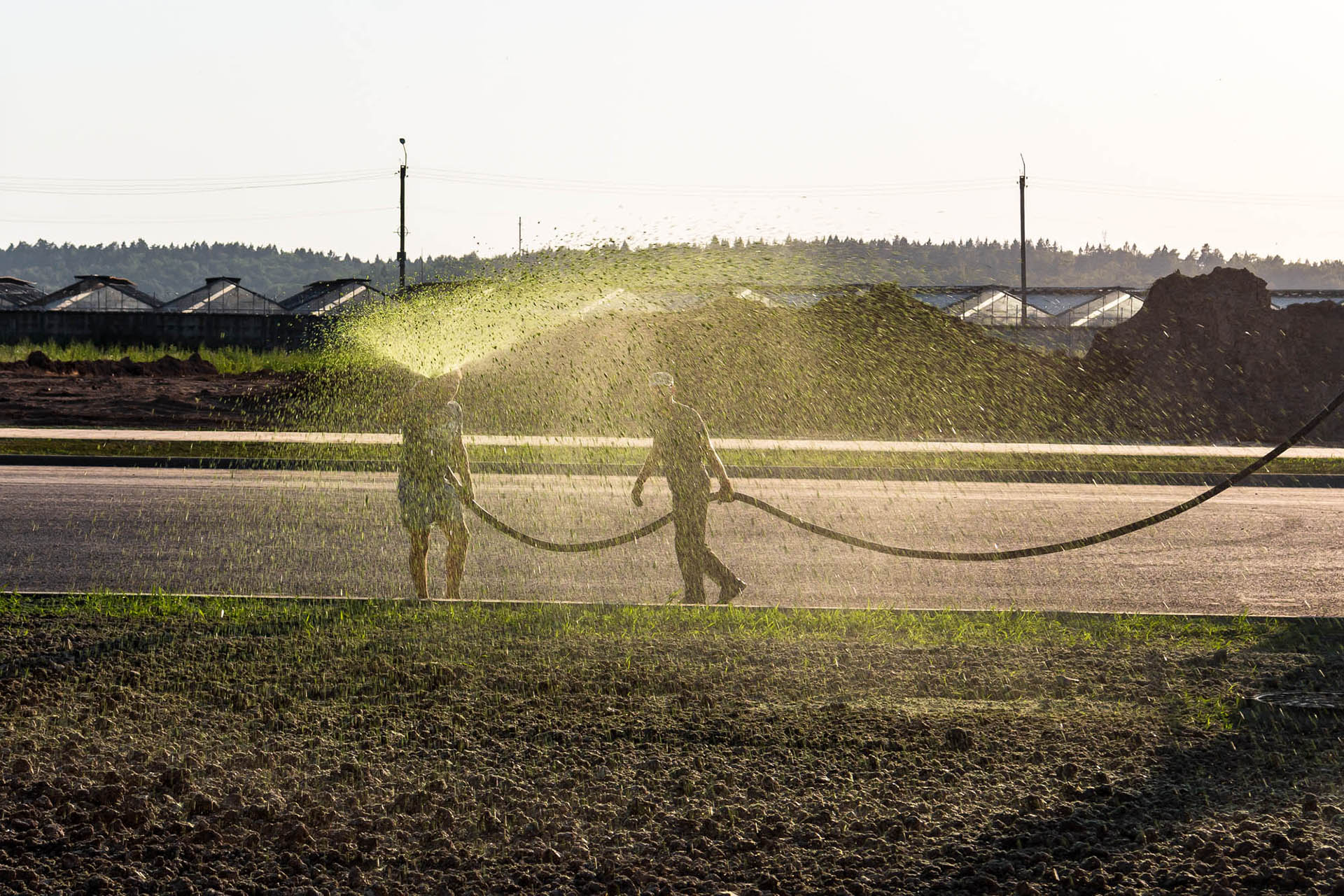
Incredibly Popular for Large Commercial Spaces
Traditional methods like a dry-seed application - which requires the individual application of mulch, seed, and fertilizer, followed by water - a lot more in the way of physical labor is involved, as is the case with laying down sod. Extrapolate this out over multiple acres and you can see the time and effort that can be saved.
Similar to hydro mulching or hydro grass, the hydroseeding process was originally created to seed hard-to-reach, sloped areas, but today it’s becoming incredibly popular for large commercial areas and can be ideal in the following settings:
● Agricultural yield improvement for crops like rice, wheat, vineyard grapes & sugar beet
● Revitalization of grassed areas in parks, airports, playgrounds & golf courses
● Vegetation of pits/mounds around coal pits & mines
● Rehabilitation of areas around Hydroelectric plants
● Dam/river edges & stormwater catchment basins
● Activation of planting pits in forestation areas
● Reclamation of urban & industrial waste
● Areas where dust control is required
● Planting of areas for drinking water
● Construction/rubble rehabilitation
● Road construction medians
● Burnt forest rehabilitation
What Are the Benefits of Hydroseeding?
Rather than just representing ‘another’ technique for seed distribution, the hydro seed process is a serious option that comes with a raft of benefits for commercial applications. Whether talking about highways, mining locations or retail park open spaces, the method can provide a great look along with a range of advantages that include:
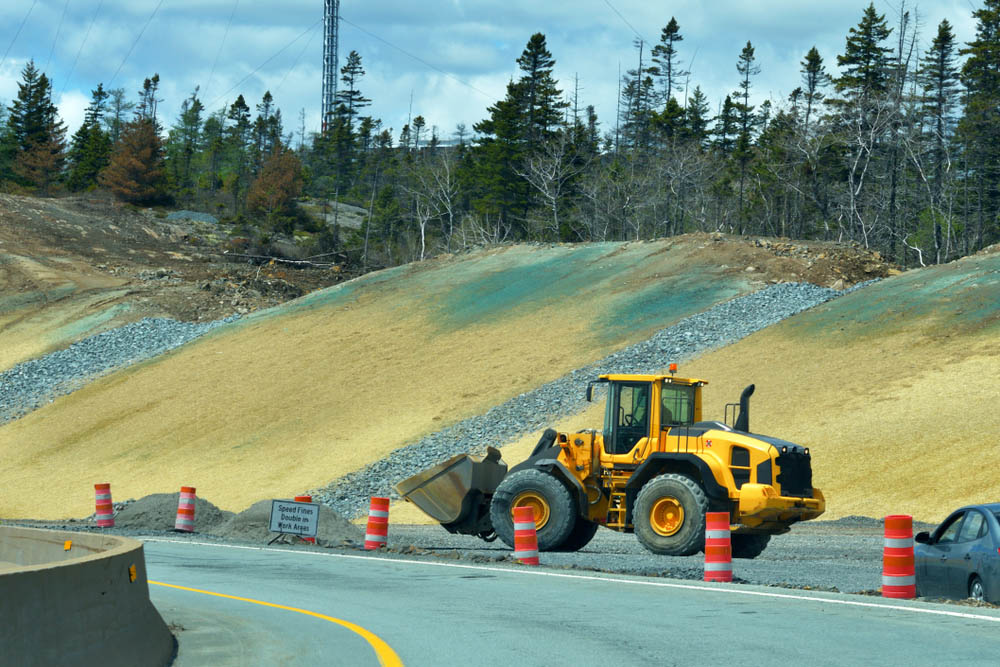
● Higher Quality Grass - due to the process that evenly distributes the fertilizer, mulch, and water, the grass seed will invariably germinate more quickly, the result of this which is lusher, denser, and higher quality grassed areas.
● More Cost-Effective - when trying to achieve great results over large areas, be they flat or undulating, it works out much more cost-effective than laying down mature grass. This can significantly reduce the required investment.
● Weeds Are Greatly Reduced - the mixture required for hydro grass is one that generally contains significantly fewer weed seeds, meaning that the maintenance costs in keeping it looking great are minimized.
● Soil Erosion Is Controlled - particularly when talking about bare earth with an incline (such as the sloped banks next to highways) wind and rain can cause soil erosion which can be dangerous in this setting. Hydroseeding helps to prevent it, as the roots of the grass help to provide the necessary structure.
● It’s a Quick Job for the Pros - another of its many benefits lies in the fact that large areas can be covered not just cost-effectively, but quickly. Vast areas can be rapidly protected with hydroseed mulch, something that gives way to lush new grass just a few weeks later.
Simply, by running a hydroseeding near me Google search, you get the reassurance of knowing that experienced experts can take care of what can otherwise be a huge job within the required time frame and within budget.
With so many advantages, it’s not difficult to see why hydroseeding is such a popular choice for projects covering large commercial areas. It’s significantly cheaper and produces much better results. Logic dictates that it has to be considered for your next commercial project.
Are There Any Disadvantages to DIY Hydroseeding?
As with anything, there are always pros and cons - so in the interest of balance, here we look at a few of the reasons why it might not be deemed a suitable option.
● Equipment Can Be Costly - when attempting to carry out hydroseeding yourself, equipment leasing can work out quite expensive, as can buying it outright. Considering the fact that a DIY approach is one that’s mainly taken as a budget-saving exercise, paying out a large sum for the right gear is a little counterintuitive.
● High Levels of Water Consumption - not only do you need to add lots of water to create the hydro seeding mixture, but as we’ll see in the next section, maintenance requires that seeds are watered 2-3 times each and every day. This can be excessive from a conservation standpoint, as well as more than a little time-consuming.
● Results Aren’t Immediate - when you lay sod, you get instant grassed areas, meaning that it can be enjoyed shortly after. However, when the hydro seeding route is taken, it’s at least 1-2 weeks before visible growth appears and 3-4 weeks before the lawn can be used. Additionally, mechanical issues can occur, leading to further delays.
● Successful Seed Application Takes Skill - there is also no getting around the fact that to get the best possible results calls for a considerable amount of skill. As well as preparing the soil perfectly prior to seeding, you also need to choose the right seed and how to apply it properly - which is no easy task.
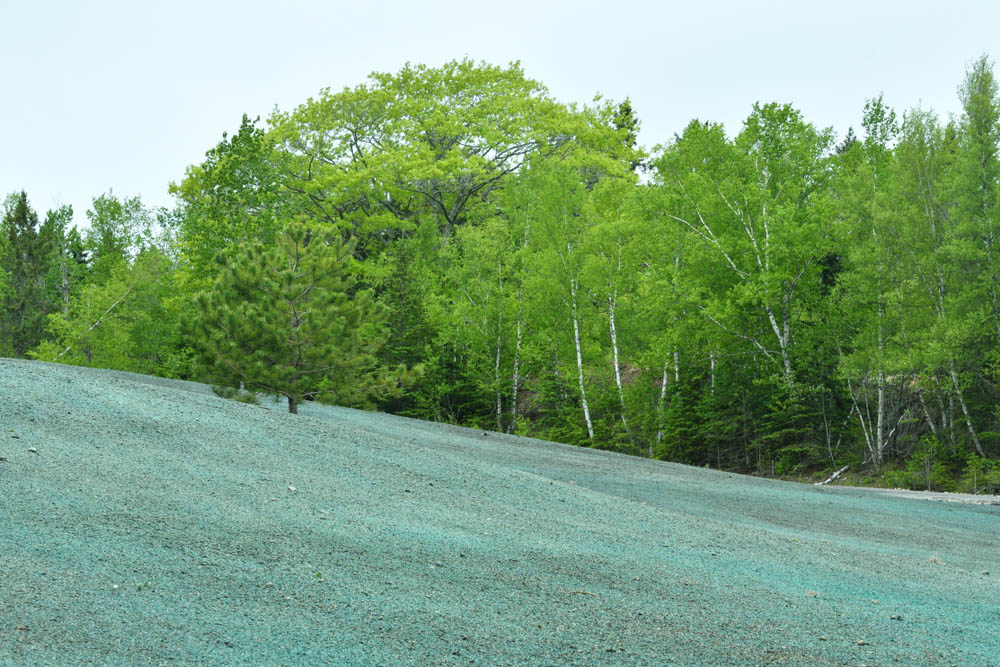
How Does HydroSeeding Work?
The vast majority of commercial hydroseeding projects require a professional to apply their hydro grass seed, primarily as there’s a lot that needs to be considered.
The first important decision is which type of grass seed to use and the sheer choice of grass seed alone can be quite bewildering in itself. Another consideration that needs to be made is where the land is geographically and what kind of conditions the grass will need to thrive - be it hot, drought-prone or disease-prone areas.
If you are taking care of the task yourself, once you have made your decision about the most appropriate grass seed for your needs, carrying the next steps in the correct order is vital. Let’s take a detailed look at how it's done.
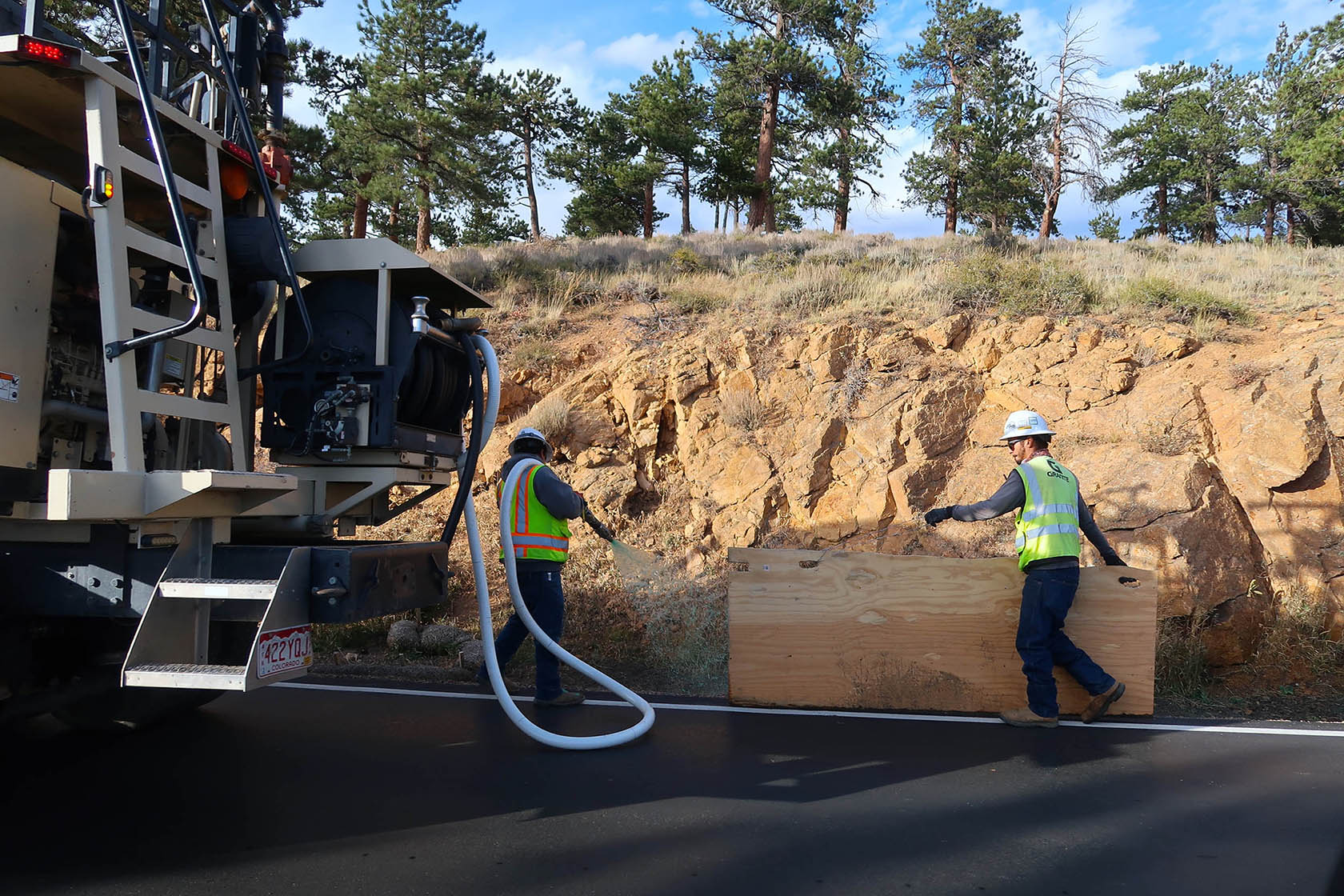
● Step #1 - Carry Out a Soil Test - should your soil be either too acidic or alkaline, then you’re not going to get your desired results. In order for your grass seed to flourish, a pH of between 6.5-7 is required. If you find that it’s not within this range, compost, sulfur or lime can be used to adjust it to the required level.
● Step #2 - Remove All Weeds & Rocks - when applying hydro seed, it’s imperative that you’re dealing with bare soil i.e. no weeds or rocks getting in the way. By removing all of this ‘debris’, you ensure that all the seeds can reach the soil, meaning no bare patches or inconsistent growth.
● Step #3 - Grade the Soil - next, you’ll need to grade the soil by around 3 inches, which basically means ensuring that the hydro grass seed slurry you’ve created does escape from the bounds of the intended area of coverage - something that could potentially cause damage to adjacent structures.
● Step #4 - Topsoil/Compost Application - now we need to provide the nutrients your hydroseeds require to thrive once applied. You’ll be doing this by adding a 2-inch layer of compost and topsoil. Evenly distribute over the desired area and your seeds have has everything they require for good health.
● Step #5 - Prep Your Hydroseeder Tool - whichever type of hydroseeding equipment is being used, it’s going to feature an ‘agitator’ which ensures that the slurried mixture is blended together well. So, now it’s time to turn it on in preparation for spreading.
● Step #6 - Hydroseeding Application - now, the key step - actually applying your hydro seeding mixture. Using a sprayer, combined with a hydraulic machine, you’ll be spreading the blend evenly over the area in question.
We’ll warn you, it can get it a bit messy, but don’t worry if you get it on you, as it’s completely non-toxic and won’t cause any harm.
That’s the application phase complete, which then leads us to consider ongoing maintenance. This stage is as important as any other, as it involves keeping the seeds properly hydrated, which typically means watering the area 2-3 times a day.
You should see the beginnings of grass growth after around 7-10 days and it will require time to properly establish its roots. This means that it shouldn’t be walked on it at this stage, so it's a good idea to rope the area off for 4-6 weeks, followed by a 3-4 month period when only light use is recommended.
When Should I Consider Hydroseeding?
Hydro seeding is popular for use in commercial settings, with contractors often viewing it as the method of choice when needing to cover wide areas of open land that incorporate broad slopes and undulations. It’s the ability to provide grass over large areas that causes it to be used on highway projects, as well as playing fields, office parks and housing developments.
The problem with areas bereft of vegetation is that they’re prone to soil erosion caused by high winds and heavy rain. However, after hydroseeding has been carried out, the resultant grass provides more than adequate protection. That’s because the root structures help to hold everything together, while also helping to beautify the area.
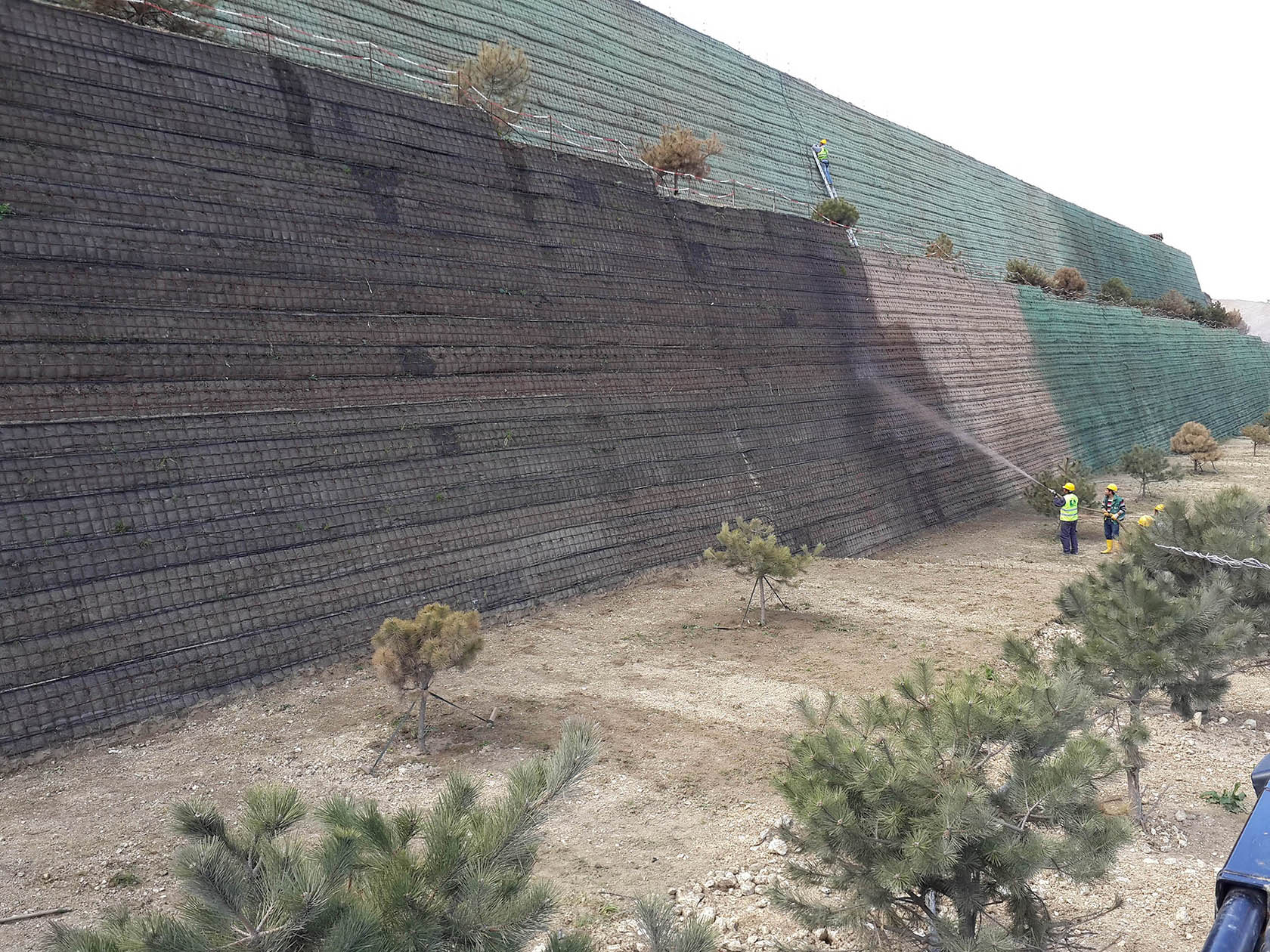
Any Average to Large-Sized Area Is Suitable
As we’ve seen, hydroseeding is a technique with lots of benefits in the commercial sphere, with landscaping and construction companies using it to minimize the environmental impact of the building development in question. The difference between a hydro seeded area and bare earth can be transformative, not just in terms of erosion prevention, but also in aesthetics.
Being far cheaper than both turf and dry seed, it’s seen as the go-to choice for large-scale construction, mining, and beautifying projects. So, in answer to the question - when should I consider it? - we’d say that it should be considered for any project involving a large open area that needs grass. Other methods simply don’t match up.
When is the Best Time to Hydroseed?
Ask any good hydroseeding pro about the best time of year for the best results and they’ll tell you that late summer/early autumn represents the optimum period. That’s because, at this time of year, you’re going to get the mildest temperatures and increasing amounts of rainfall - meaning that artificial watering isn’t needed quite as much.
Generally speaking, during the first 6 weeks after hydroseeding application, the optimum temperature will be anywhere between 18-23° Centigrade. When the temperature is outside of this ideal range, the likelihood of achieving the best results can drop dramatically. Taking this into account should give you your ideal window of opportunity.
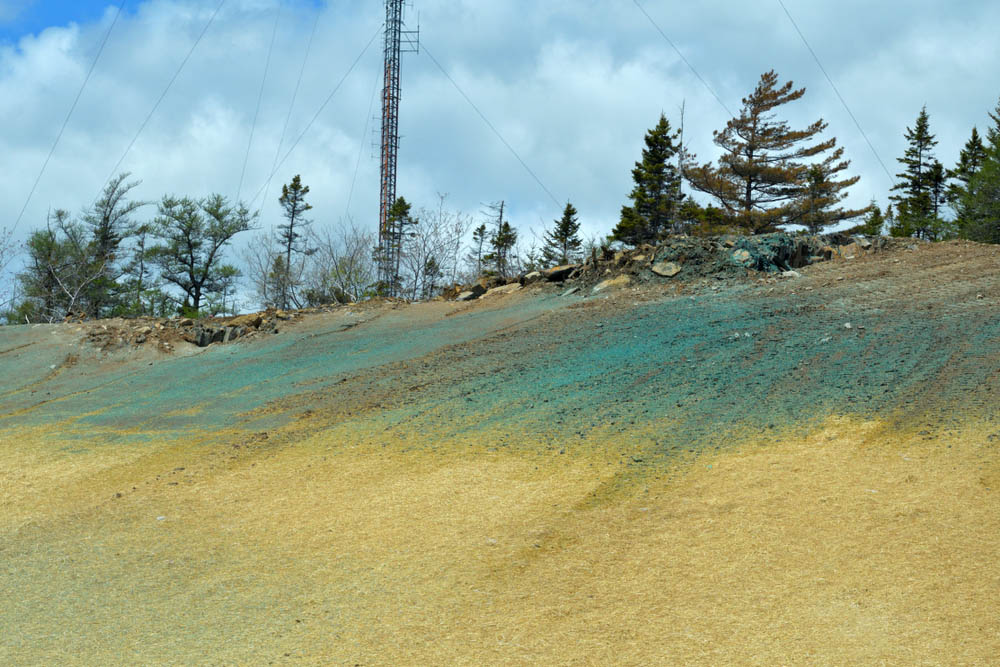
Is Hydroseeding the Same as Hydromulching?
There is something of a common misconception in circulation that hydroseeding and hydromulching are one and the same, meaning that the terms can be used interchangeably. However, that’s wide of the mark, as they’re not the same thing.
In fact, they couldn’t be more different, as we explain now. The hydroseeding method shown above is carried out in order to create vegetation that then goes on to provide great aesthetics and a barrier against weather erosion.
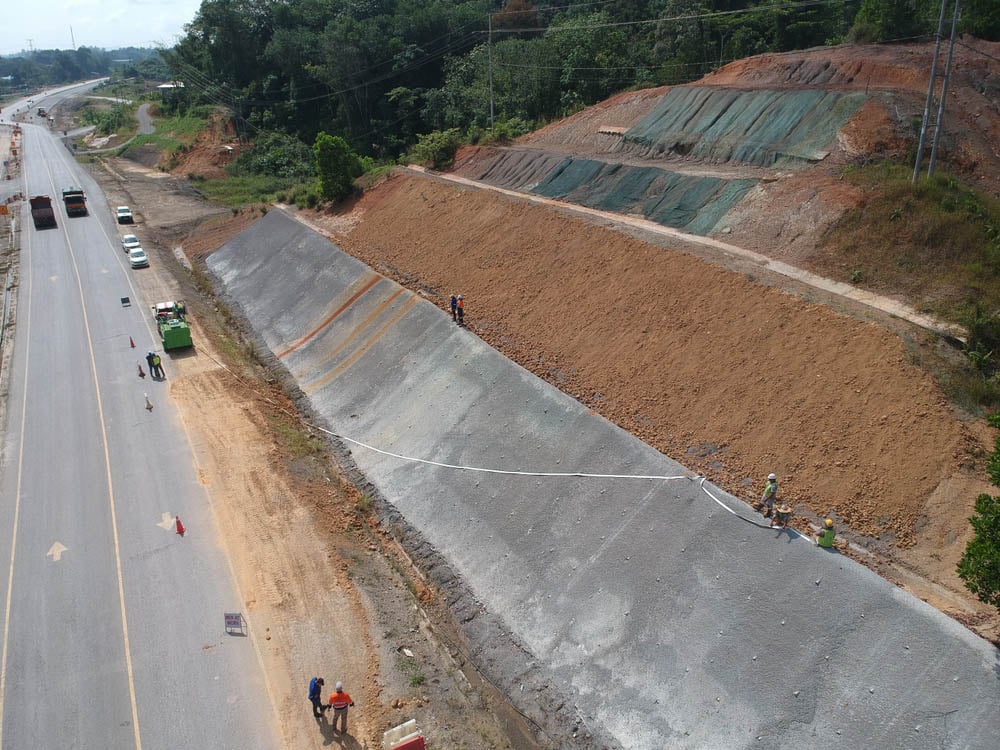
No Seeds in Hydromulching
However, when talking about hydromulching, the process and the purpose are both different. Hydromulching (a.k.a spray mulching) is carried out to create a temporary cover for bare earth against soil erosion.
There’s a major difference with the mixture too, as it contains no seeds, instead consisting entirely of recycled cellulose fibres (some types also contain wood fibres) so you’re not going to get any kind of growth from its application.
Can You Hydroseed Over Existing Lawn Grassed Areas?
One of the great things about hydroseeding is its versatility, as it can be employed pretty much anywhere. As such, a common question that’s often asked is whether it’s possible to augment existing grassed areas using the process.
In truth, it is possible, but it’s not as simple as just applying it and expecting awesome results.
From a professional standpoint, we wouldn’t recommend hydroseeding over existing grass, as it all but eliminates the chances of consistent aesthetic results.
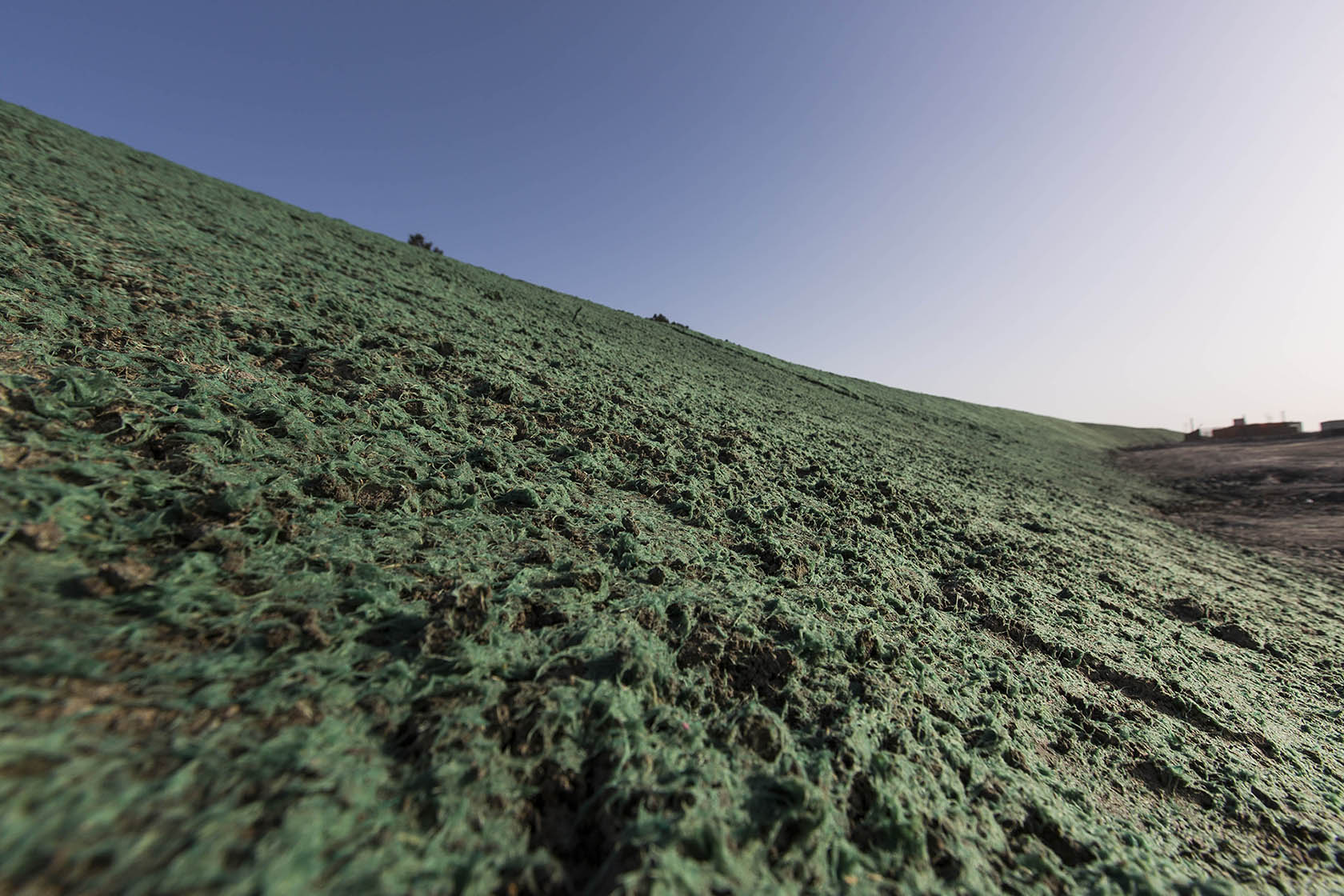
Thinner Mixtures Are Needed for This Purpose
However, if you were to attempt it, you would need to pay close attention to the seeding process and the consistency of your seeded mixture - as it will dictate how well things turn out. Standard types of mulch mixture tend to be quite thick, but in this instance, it would need to be less so.
Using a thinner mixture when covering existing grass would ensure that the current grass isn’t killed off while allowing the seeds to take root. Obviously, this is far from ideal, but if you’re looking for a fix for a patchy grassed area, it might provide a partial solution, at least.
So, How Much Does Hydroseeding Cost?
Answering this precise question is a little like trying to answer “how long is a piece of string?”, as there are a number of variables that need to be considered. Your hydroseeding price can be influenced by a whole raft of factors and will need to be discussed with the contractors you’re using. After an initial consultation and site visit, you should have a clearer idea.
Factors that will influence the price include the most suitable seeds, equipment hire, mulch and chemical tackifiers, as well as surface preparation. While it may cost more to enlist professional contractors compared to doing it yourself, you’re assured of great results, so long as you’ve chosen the hydroseeding company you’re using well.
Other variables that can influence the price when doing it yourself include:
● The type of mulch, as you’ll find a number of different varieties of hydroseeding for sale on the market.
● The equipment that you source for the task.
● The total area that needs to be covered
● Whether the area you’re covering is prone to erosion
● The total amount of slurry that’s required for the job
● How sloped the land is
It’s worth reiterating the last point, as the slope of the land is crucial when trying to work out the cost of hydroseeding. That’s because of the ever-present issue that is gravity.
When dealing with steeper slopes, the mulch can easily end up slipping down the hill when there’s rain, which means you’ll need more slurry to take account of it. A good rule of thumb to use is to think of any ground with less than a 10° slope being at the cheaper end of the scale and anything above 20-25° being at the upper end.

Lower Costs Often Apply to Larger Jobs
The price of the job also varies in line with the area covered, however, when talking about larger commercial projects, the cost per sq ft can drop markedly. That’s because hydroseeding companies often offer reduced overall rates when dealing with areas that are measured by the acre, rather than by the square meter or foot.
When pricing up hydroseeding on a much larger scale like this, you can typically expect a major saving per square meter or foot, so you shouldn’t assume the cost will be astronomical, just because you need to cover a large open area, as per acre rates apply.
It’s Vital to Choose the Right Hydroseeding Company
As we’ve alluded to already, hydroseeding is something that’s best left to the experts, so with that in mind, it’s really important that you choose the company you use wisely. While ground prep and other labor-intensive work is something you can take care of yourself, successful hydroseed application takes a great deal of expertise.
Even when talking about the slurry mixing process, it can be hugely challenging without the right specialist knowledge and equipment professionals will invariably have. As with any industry, you’re going to get good and bad operators, so finding the right qualified, licensed contractors is an important step in the process.
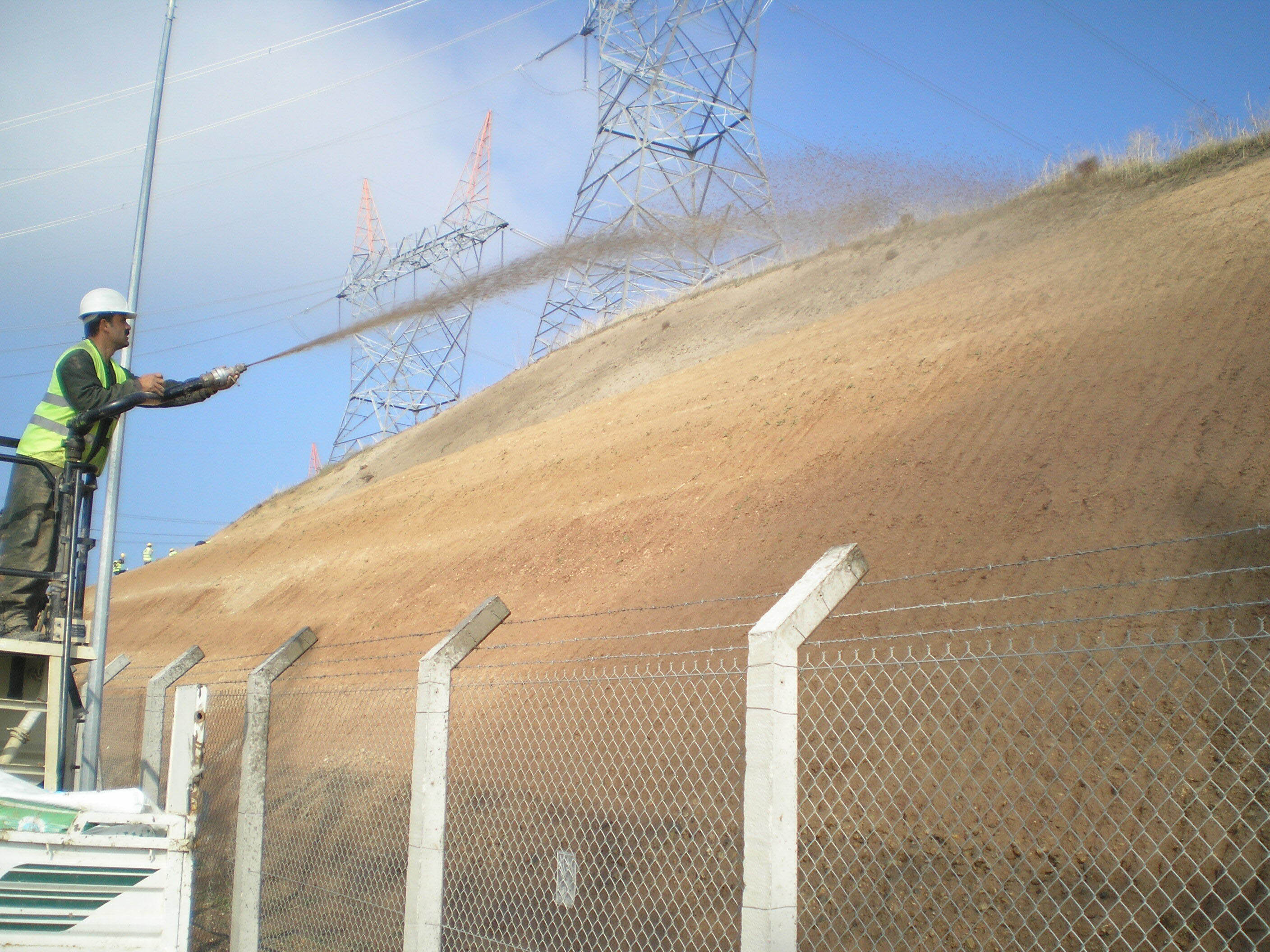
When searching for the right contractor, you should look for:
● A wide range of types of materials and grass seeds provided
● Advice on how to maintain your lawn after application
● Affiliations with hydroseeding associations
● Guaranteed results being offered
● Reasonable pricing
While these factors aren’t necessarily deal-breakers, they will give you a good idea of the kind of service and end result that you’re likely to get. If there’s very little communication or focus on ways to keep your open spaces maintained, it’s probably not a very good sign that your aftercare is going to be up to the required standard.
Karaoglu - Here to Take Care of Your Hydro Seeding Requirements
We thank you for reading all the way to the end of our blog and we hope that it has provided clarity on a subject that can be quite confusing. As we’ve seen, it’s a really effective and efficient way to grass expansive, undulating areas that leads to amazing anti-erosion and aesthetic results, so it’s very much worth consideration.
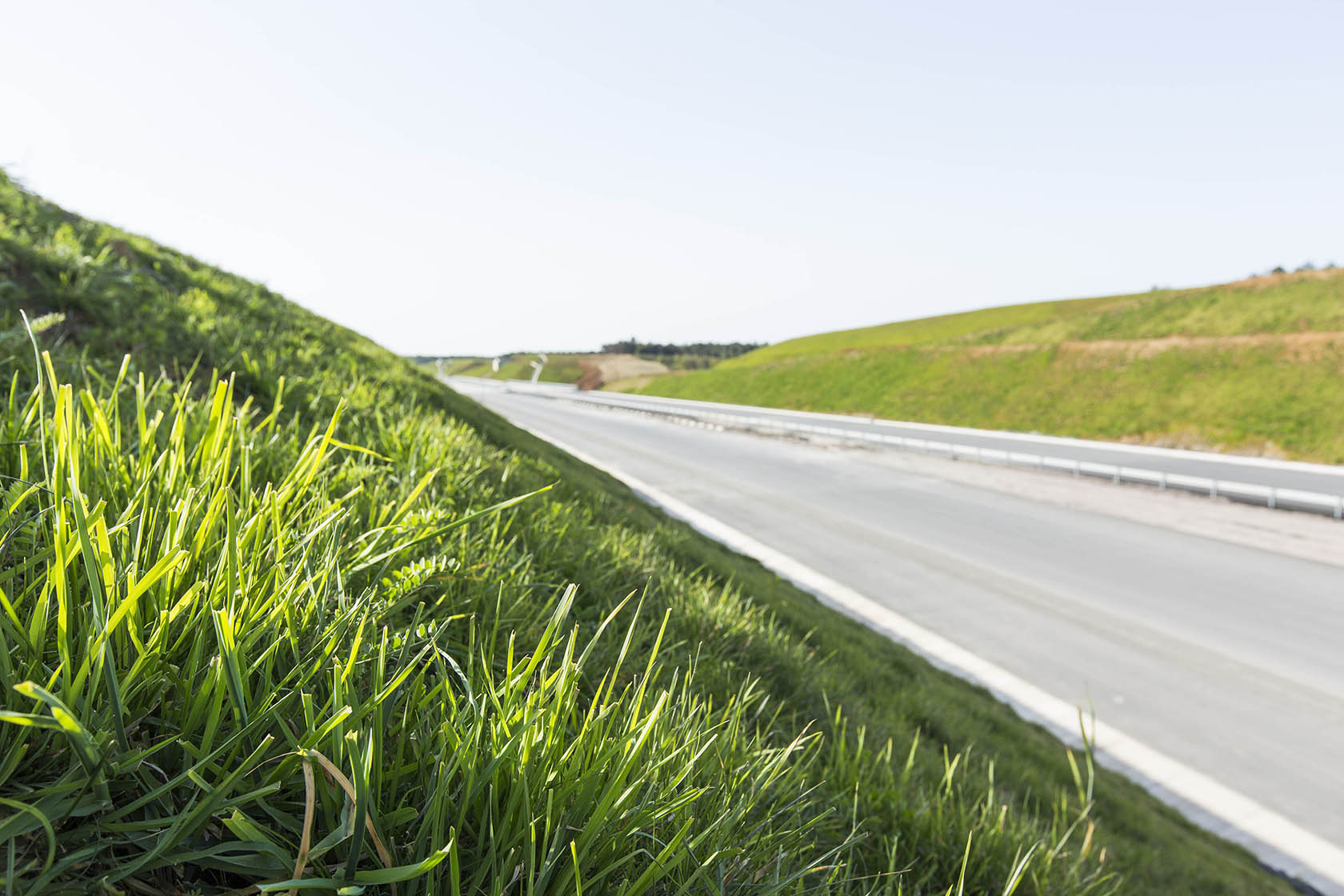
At Karaoglu Landscapes, the hydroseeding work we carry out is not an afterthought or an ‘add-on’ to our core services, as we put all of our expertise and effort into every job. We have the experience, expertise and equipment to produce the very best results for our customers.
We can cater for all sizes of projects too, so we can help regardless of whether it is a small commercial open space that needs attention or a major highway development covering several acres. As such, we approach every project with the same diligence and commitment, so you can trust us to get the job done within budget and on time.
Get in touch with us today and let us show you how easy and stress-free hydroseeding can be when you have the right expert help.
![karaoglu-web-footer[7].webp](https://www.karaoglu.com.tr/hubfs/karaoglu-web-footer%5B7%5D.webp.png)